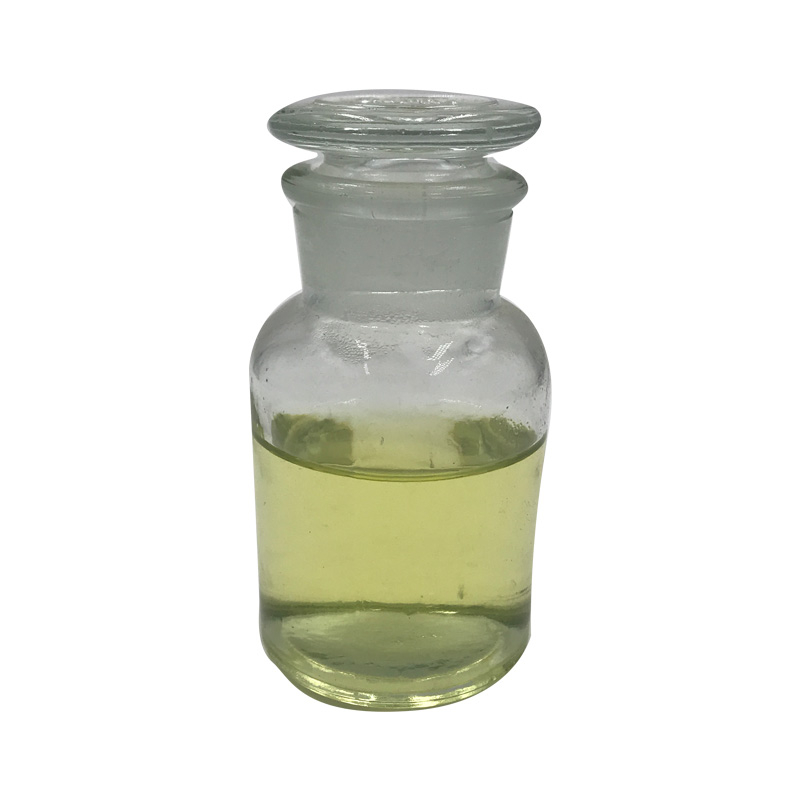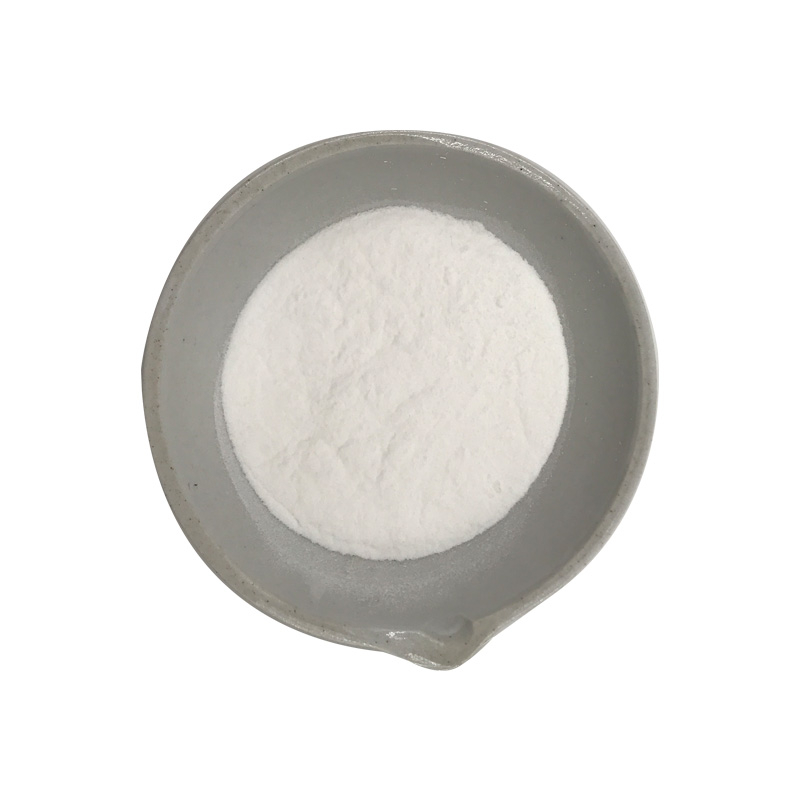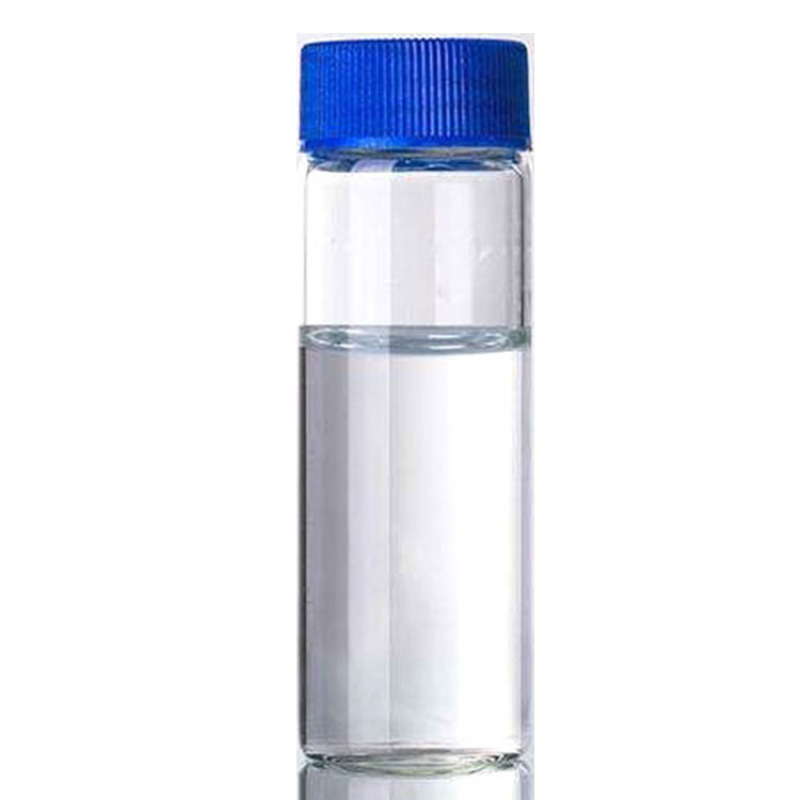Products Description of Octenyl succinic anhydride CAS#26680-54-62-Octenylsuccinic anhydride (OSA) is an important intermediate of fine chemicals. Because its molecule contains carbon-carbon double bonds and carboxylic acid ligands, it has high chemical reactivity. Under appropriate conditions, it can undergo a series of reactions such as addition, substitution, reduction, acetification, hydrolysis and polymerization. It can synthesize a variety of derivatives.
Contact Now
Products Description of Acetylacetone CAS#123-54-6This product is a colorless or slightly yellow transparent liquid with an unpleasant odor, m.p.-23℃, b.p.140.4℃, n20D1.4520, relative density 0.975, miscible with organic solvents such as ethanol, ether, chloroform, acetone, glacial acetic acid, and soluble in water.
Contact Now
Products Description of Crospovidone CAS#25249-54-1Cross-linked polyvinyl pyrrolidone (PVPP) is a cross-linked polymer that is insoluble in water, strong acids, strong bases and general organic solvents and is polymerized under specific conditions by vinyl pyrrolidone monomers.
Contact Now
Products Description of 1-Phenylpiperazine CAS#92-54-61-Phenylpiperazine is a chemical1-Phenylpiperazine Chemical PropertiesMelting point 18.8 °CBoiling point 286 °C(lit.)density 1.062 g/mL at 25 °C(lit.)refractive index n20/D 1.588(lit.)Fp >230 °Fstorage temp. 2-8°Csolubility Insolubleform LiquidpkapK1:8.71(+1) (25°C,μ=0.1)Specific Gravity1.062 (20/4℃)color Clear colorless to yellowWater Solubility InsolubleBRN 132157CAS DataBase Reference92-54-6(CAS DataBase Reference)NIST Chemistry ReferencePiperazi
Contact Now
Products Description of Benzalkonium chloride CAS#8001-54-5Benzalkonium chloride (BAC for short) is a quaternary ammonium salt compound. As a broad-spectrum fungicide of cationic surfactants, it can effectively control the growth of algae and slime in water, and has good slime stripping effect and certain dispersion and penetration effects. It also has certain degreasing, deodorizing and corrosion inhibition effects.
Contact Now
Products Description of Benzethonium chloride CAS#121-54-0Benzethonium chloride is a new type of quaternary ammonium salt antibacterial agent, which is widely used in daily chemicals and cosmetics industries. In addition, it also has important applications in the medical and health fields as a bactericidal antibacterial agent. For example, it has been widely used as an antibacterial component of eye drops or as an antibacterial component of injection in Western countries.
Contact Now
Products Description of Lanolin CAS#8006-54-0 Lanolin is an ideal raw material for the production of skin care products such as cold cream, anti-wrinkle cream, anti-cracking cream, shampoo, conditioner, hair cream, lipstick and high-end soap. It is often used as an oil-in-water emulsifier and is an excellent moisturizing substance. Lanolin is a product with good water absorption, moisturizing, lipophilic, emulsifying and dispersing properties.
Contact Now
Products Description of PTBP CAS#98-54-44-tert-Butylphenol is a white crystalline solid under normal temperature and pressure. It is easily soluble in organic solvents such as ethanol, ether, and benzene, and is insoluble in water.
Contact Now
Products Description of Calcium hypochlorite CAS#7778-54-3The chemical formula of bleaching powder is CaCl2·Ca(ClO)2·2H2O. It is a white powdery substance. Its composition varies with the preparation conditions. It is generally a hydrated complex salt composed of calcium hypochlorite, calcium chloride and unreacted calcium hydroxide. Its active ingredient is calcium hypochlorite. Bleaching powder has strong oxidizing, corrosive and irritating properties. It can decompose when it comes into contact with water, ethanol or inorganic acid.
Contact Now
Hexane CAS# 110-54-3Hexane is a incredibly flammable, colorless, volatileliquid with a gasoline-like odor. The water/odor threshold is0.0064 mg/L and the air/odor threshold is 230- 875 mg/m'Molecular weight= 86.20; Specific gravity (H2O:1)= 0.66; .Boiling factor = 68.9℃; FreezingMelting point= -139.49C; .Relative vapordensity (air= 1)= 3.0; V aporpressure = 124 mmHg at 20℃; Flash point=一21.6℃ (cc);Autoignition temperature = 225℃.Explosivelimits: .LEL= 1.1%, UEL= 7.5%.
Contact Now
Products Description of 4-Acetylpyridine CAS#1122-54-94-Acetylpyridine is an organic compound with the molecular formula C7H7NO.4-Acetylpyridine Chemical PropertiesMelting point 13-16 °C(lit.)Boiling point 212 °C(lit.)density 1.095 g/mL at 25 °C(lit.)refractive index n20/D 1.529(lit.)Fp >230 °Fstorage temp. Inert atmosphere,Room Temperaturesolubility Chloroform, Ethyl Acetateform LiquidpkapK1: 3.505(+1) (25°C)Specific Gravity1.110 (20/4℃)color brown-yellowishWater Solubility insolubleBRN 107629InC
Contact Now
Products Description of Dextrin CAS#9004-53-9White amorphous powder, odorless, slightly sweet taste.Dextrin Chemical PropertiesMelting point 53.75-54 °Cdensity 0.8 g/cm3storage temp. Store at RT.solubility H2O: 0.1 g/mL hot, complete, yellow to very deep yellowform powdercolor yellowOdorodorlessWater Solubility Soluble in hot water (0.1 g/ml).Sensitive HygroscopicMerck 14,2953Dielectric constant2.2(Ambient)Stability:Stable. Combustible.
Contact Now
Products Description of SuccinonitrileCAS#110-61-2White waxy crystals. Melting point 54-56℃, boiling point 265-267℃, 185℃ (8.0kPa), 158-160℃ (2.67kPa), relative density (60/4℃) 0.985, refractive index (nD60) 1.41734 (liquid), flash point 110℃. Soluble in acetone, chloroform, dioxane, slightly soluble in water, ethanol, ether, carbon disulfide and benzene.
Contact Now
Products Description of DecamethylcyclopentasiloxaneCAS#541-02-6Decamethylcyclopentasiloxane (cyclopentasiloxane) is a colorless, odorless, volatile liquid cyclic siloxane. It is safe and environmentally friendly and has been widely used in health and beauty products such as deodorants, antiperspirants, cosmetics, shampoos, body lotions, etc.
Contact Now
Products Description of Terbinafine CAS#91161-71-6 Terbinafine hydrochloride can treat skin, hair and nail infections caused by Trichophyton, Microsporum canis and Epidermophyton floccosum. It can also treat various tinea, skin yeast infections caused by Candida, and onychomycosis caused by mold.
Contact Now
Products Description of 6-Methyluracil CAS#626-48-26-Methyluracil is a colorless crystal. The melting point is 311-312℃, and it has also been reported to be 270-280℃ (decomposition). It is soluble in water, hot ethanol and alkaline solution, and slightly soluble in ether.
Contact Now
Products Description of 6-AMINOISOQUINOLINE CAS#23687-26-56-Aminoisoquinoline is a nitrogen heterocyclic compound. Nitrogen heterocyclic compounds have very good medicinal value and medical value.
Contact Now
Products Description of 6-CHLOROQUINOLINE CAS#612-57-76-Chloroquinoline is a white powdery chemical.CAS No.
Contact Now
Products Description of Antioxidant CAS#27676-62-6 Antioxidant 3114 is a hindered phenol antioxidant with three functional groups. It is non-polluting and non-coloring. Due to its high molecular weight and melting point, it has extremely low volatility, low migration, good water extraction resistance, and can give plastics excellent resistance to thermal oxidation and light oxidation. This product can be used for polyolefin products that come into contact with food (can come into contact with fatty and non-fatty foods).
Contact Now
Products Description of 3-Chloro-6-methylpyridazine CAS#1121-79-53-Chloro-6-methylpyridazine is a heterocyclic compound and chemical raw material. It has a low melting point and boiling point, and is usually light yellow to light beige in powder form.
Contact Now
Products Description of (R)-(-)-2-Methylpiperazine CAS#75336-86-6 White to light yellow crystalline solid.
Contact Now
Products Description of 6-Fluoronicotinic acid CAS#403-45-26-Fluoronicotinic acid is a pyridine compound, which is often used as a pyridine intermediate and a pharmaceutical intermediate.
Contact Now
Products Description of 1,3-Dichloroisoquinoline CAS#7742-73-61,3-Dichloroisoquinoline is a white to brown crystalline powder.1,3-Dichloroisoquinoline Chemical PropertiesMelting point 121-122 °C (lit.)Boiling point 307°C(lit.)density 1.407±0.06 g/cm3(Predicted)storage temp. Inert atmosphere,Room Temperatureform powder to crystalpka-1.49±0.50(Predicted)color Light yellow to Brown to Dark greenCAS DataBase Reference7742-73-6(CAS DataBase Reference)Safety InformationHazard Codes XiRisk Statements 36/37/38Safety Statements 26-36WGK Germany 3HS
Contact Now
Products Description of Poly(maleicanhydride-acrylicacidcopolymer) CAS#26677-99-6 Solvent polymerization: Copolymerization in benzene, toluene, xylene, trimethylbenzene, ethylbenzene, isopropylbenzene, butylbenzene or their mixtures can produce white, brittle solid polymers with a relative molecular mass of about 4000.
Contact Now



































